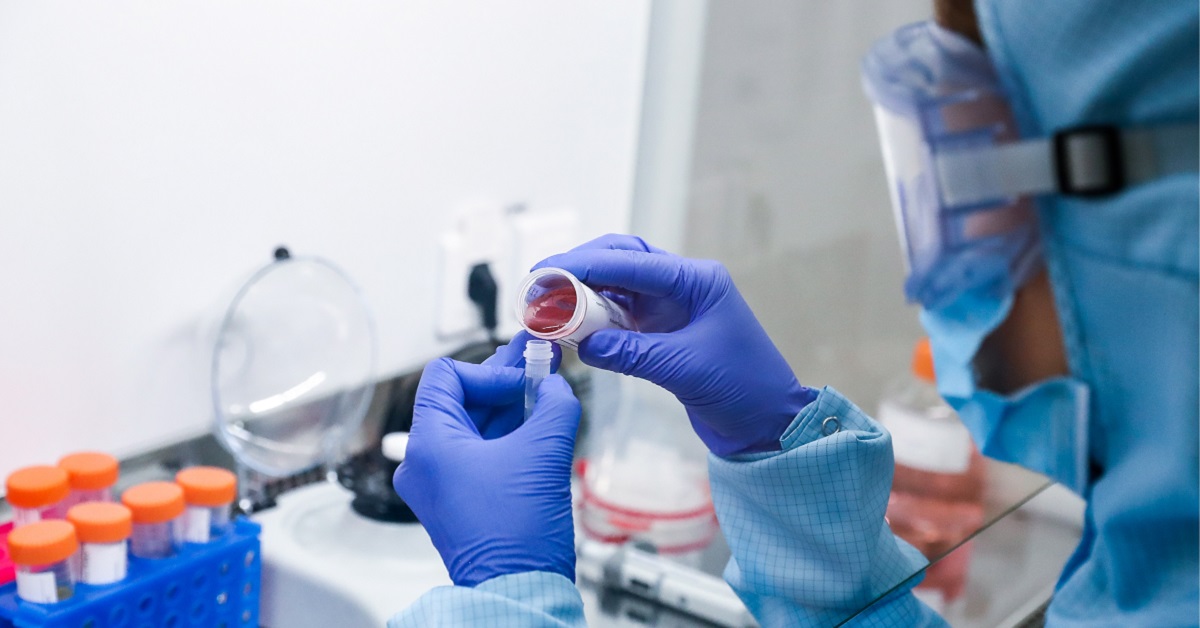November marks American Diabetes Awareness Month, which offers a chance for the millions of Americans who are at risk for diabetes to get educated, find resources and make sure others are aware of their risks as well.
Diabetes is an ancient condition, first documented several millennia ago by physicians in Egypt, who noticed ants were attracted to the high sugar content in the urine of certain patients. From that point until the 20th century, diabetes remained a death sentence with a life expectancy of just weeks.
Without understanding the underlying mechanisms behind the disease, doctors could only treat symptoms. Often, this meant a diabetes patient was prescribed a “starvation diet,” which eliminated all but the most necessary carbohydrates. However, even in the best scenarios, this could only give patients an extra two years.



